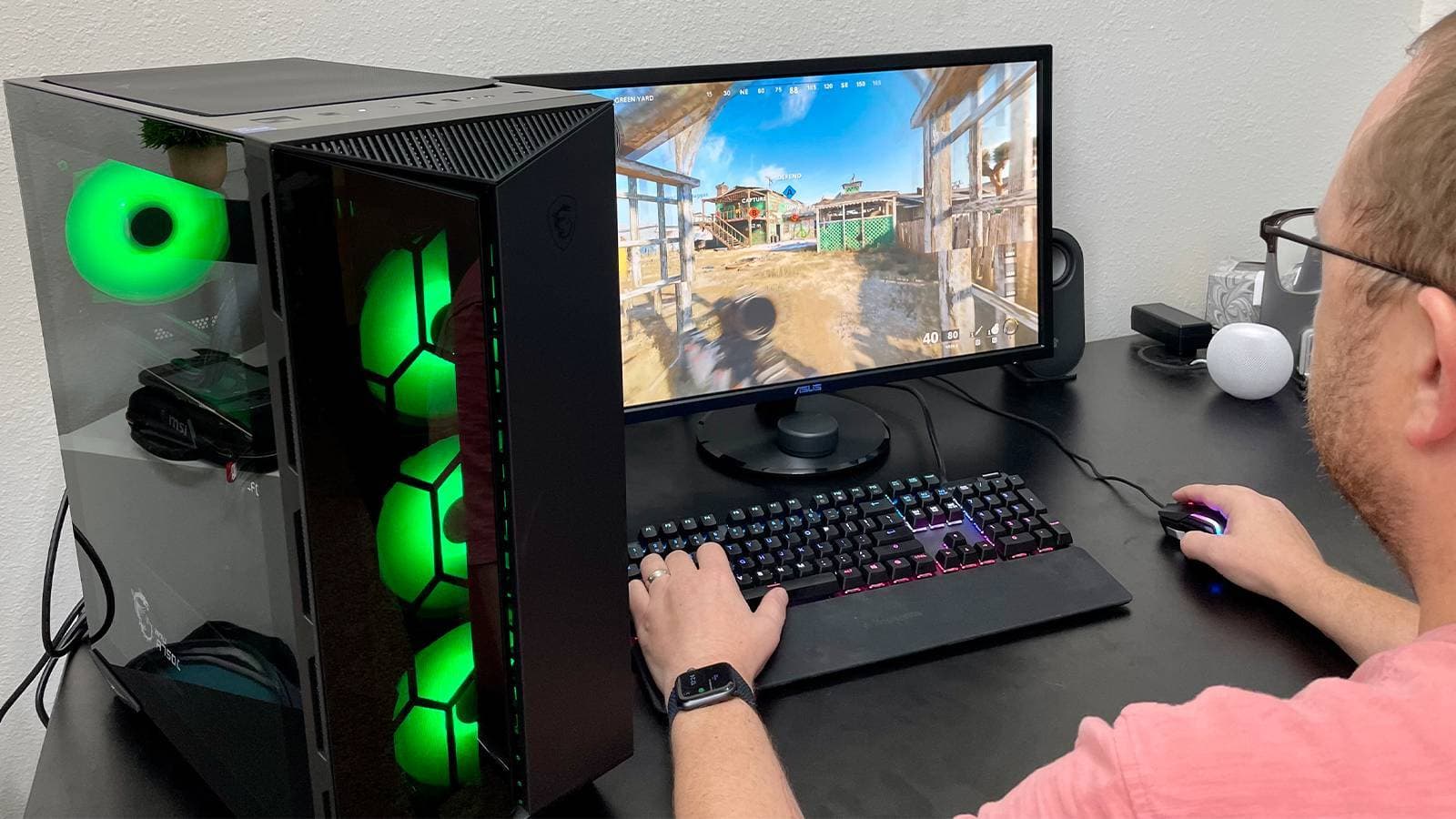We’ve all been there: roaming a big college campus, getting turned around in a hospital, or wasting time trying to locate the correct office building.
At best, it’s an inconvenience — full of worry, confusion, and annoyance. The upside is this can improve.
With digital signage software, you can make wayfinding around your facility smoother, all to create a trouble-free experience for guests and visitors. But how does digital signage help with wayfinding? Where can I apply this technology? Is it simple to set up and put into action? We discuss this below.
What’s Wayfinding Digital Signage All About?
Wayfinding digital signage is like having a personal guide right at your fingertips — only it’s through innovative technology. This technology uses dynamic digital displays to guide guests, visitors, and shoppers through complex spaces.
Here’s what wayfinding digital signage solutions consist of:
- Digital displays: These screens show information like maps and directions. They can be smaller kiosks or large wall-mounted displays, depending on the need.
- Digital signage software: This is the software that powers your screens. Advanced solutions are cloud-based, making it easy for you to manage your display network and update navigational information from anywhere at any time.
- Interactive features: These are mostly used in touchscreen displays. You can input your destination to get step-by-step directions in seconds!
What are the Benefits of Using Wayfinding Digital Signage?
Now, you must be thinking — what makes wayfinding digital signage so great? If you’re implementing this solution, here are some of the benefits you’ll get:
- Simplify navigation: Static maps and paper directions can be confusing. There’s a lot of content to scan through before finding where you need to go. Digital signage solves this problem by providing directions to the exact location. This way, you won’t have to guess your way through navigation.
- Need less help: If your visitors are running around in a busy office, asking for directions every few minutes might not be the most comfortable position to be in. With digital signage, they can get stepwise instructions without bothering anyone. This means staff can focus on their way while visitors become confident navigators.
- Save time: This is especially important for places like hospitals and clinics. Patients can get to their appointments, tests, and consultations faster without running around for directions. It also improves the patient experience at the facility.
- Brand your space: Besides its practical application, digital signage also offers branding opportunities. You can use your screens to showcase important updates or brand messages, making it a win-win for navigation and marketing. It also improves the overall brand experience at your facility, making your brand memorable.
Where Can You Use Wayfinding Digital Signage?
Wayfinding digital signage is a versatile solution, simplifying navigation for users across industries. So, how can different businesses and facilities use it? Here are some examples:
Healthcare
Hospitals and clinics are high-stress environments. Patients are often anxious and restless during their hospital visits, and finding the right room or department can add to this stress.
Using wayfinding digital signage can ease this stress and confusion. Patients and visitors can type in the doctor’s room, department, or hospital building to get on-the-spot directions. This also helps them save time and feel more relaxed for their appointment.

Education
University campuses usually sprawl over vast areas. For new students and first-time visitors, reaching their destination can be a cumbersome process. Imagine navigating aimlessly only to find out you’re at the opposite end of where you need to be. Not a pleasant experience, to say the least!
Digital signage software can run display screens to help people find their way around more . These screens can show the layout of the campus pointing out key places like cafeterias, libraries, and lecture halls.
You can also set up interactive kiosks in busy areas such as entrances, registration points, and cafeterias to make it easier for students and visitors to get around.
Hospitality
Memorable stays are all about unmatched guest experiences. Wayfinding digital signage is one way to deliver this.
Installing interactive kiosks in lobbies, dining areas, and hallways makes it easier for guests to navigate through the hotel space. They can also use these dynamic screens to locate nearby attractions, local events, or popular markets during their visit.

Enterprise
Large office buildings are also hard to navigate. Imagine having clients visit for a meeting, only to have them wandering around, lost and confused about where to go. That’s not the impression you want to make.
Like the examples above, wayfinding digital solutions works similarly here too. It’s all about improving experiences with innovative technology. For instance, visitors can locate meeting rooms, conference halls, and office departments easily using digital signage.
These are a few ways digital signage simplifies wayfinding for organizations and businesses across industries.
Choosing the Right Digital Signage Software
Ultimately, one of the key determinants for successful implementation is the digital signage software you use. While selecting one, look for digital signage software that offers intuitive design, easy updates, and seamless integration with your existing systems.
Additionally, you’d want a vendor with proactive support. Technology is great, but it’s not always perfect. Having a responsive support team means you can quickly address any hiccups, ensuring your wayfinding system remains effective and reliable.
Embrace the future of navigation with confidence — your audience will thank you.














